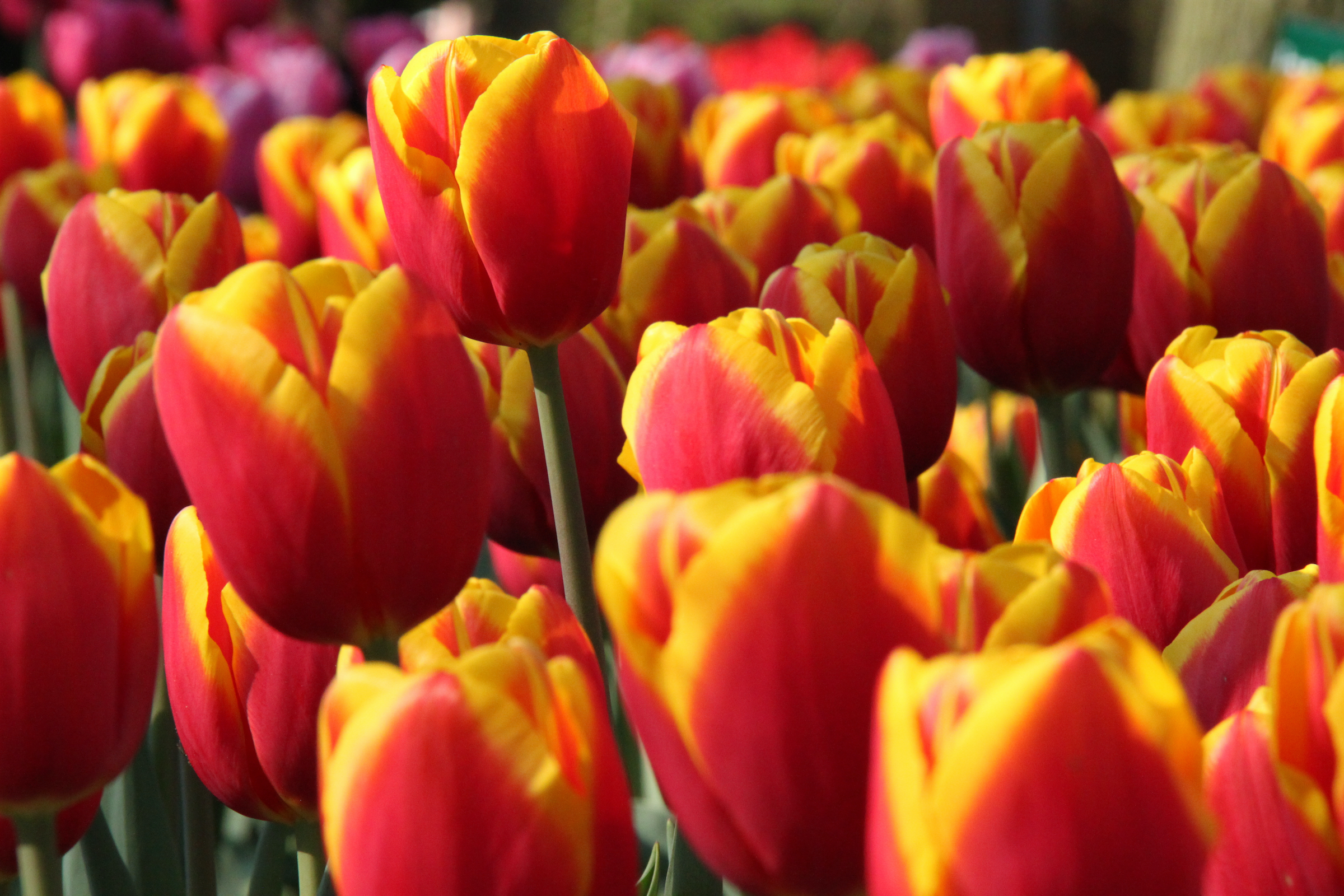
Not far from Mysore, the Keshava temple at Somnathpur, built in the 13th century by the Hoysala dynasty, is the lesser known cousin of the more famous temples from the same era at Belur and Halebid. I was there on a Sunday morning and found that I had the temple to myself for almost an hour. No tourists, no vendors, no noise, only the quiet stillness of history. It is perhaps the cool smoothness of the soapstone, or the lazy breeze from the Cauvery nearby, but the premises of this temple are always cool, even in the heat of the day.


Situated on the banks of the river Cauvery, it is believed that this temple was built by Somnath, the general of the Hoysala army to commemorate his victory in war. At first glance, the Somnathpur temple seems slightly underwhelming, especially to those who have seen other grander South Indian temples. However, the beauty of the place slowly sinks in, as it did with me as I sat on the steps watching the leisurely trickle of visitors. Squat in shape and without a towering gopura, this temple is still every bit as intricate as the others; in fact, some would hold that Somnathpur has the best of the carvings among temples of this dynasty.
The carvings made of soapstone are truly exquisite, especially on the outer walls of the temple. The temple, according to the architectural norms of the Hoysala period, is believed to be a mini representation of their universe– and therefore, a wide variety of subjects, from gods and goddesses and scenes from the Hindu epics to animals, birds and warriors find a place on these walls.


The entire temple complex is on a star shaped platform with an open verandah in front that leads to a narrow platform adjoining the walls on both sides. The temple has three gopuras (towers) – each dedicated to and containing the sanctum (called garbha griha) of a different presiding deity – Venugopala, Keshava and Janardhana (although according to Hindu mythology, all three are different names and versions of Krishna, the popular cowherd god). And running in a continuous line throughout the perimeter of the temple at the bottom of the walls are images of elephants, horsemen and warriors, a reminder of the valour of the dynasty.
The kings of the Hoysala dynasty, apart from being brave warriors, were known to be patrons of art and culture, as well as tolerant towards other religions and beliefs. It is said that they built over 1500 temples in the course of the 300 years that they ruled, most of them were commissioned by the two kings Vishnuvardhan and Veera Bhallala. The royal emblem of this dynasty is that of a warrior striking a tiger. This emblem is also connected to the story of the name Hoysala – meaning ‘strike! Sala’ (a command issued by a teacher to his disciple) – Sala then went on to establish a new kingdom and the rest, as they say, is history.
***
Published recently in The India Tube.





The favourite spot for Bangalore school picnics
I love this temple! I have never been underwhelmed here. This is one of the most artistic temples ever constructed. Great photos too.
MP, yes, like Mahabalipuram for Chennai kids…
revathi, me too, me too… and me neither (underwhlemed) – I’ve often heard people say that though – ‘so what’s all the fuss about’ – makes me go grrrrr!
I have been to Belur .halbeid.. this isnt that popular on bangalore Tourist locals … Worth a watch !!!Nice Pics …
How are the roads? few years ago when we drove there the roads were pathetic…
are they better now?
I really need to visit the temples of Karnataka. They’re so different from the Tamil Nadu temples in their architectural style.
hey there……….a girl from bombay who has no time to travel though its on her mind all the time found your space as fresh as the clean air outside the metros……..doing a great job there……living your dream 🙂 loved the pics….
Ashwin, do go to Somnathpur – worth a visit…
Srinidhi, the last 30 km or so are still bad…
rajan, so what’s stopping you?!
reena, glad you liked the blog – do keep dropping by!